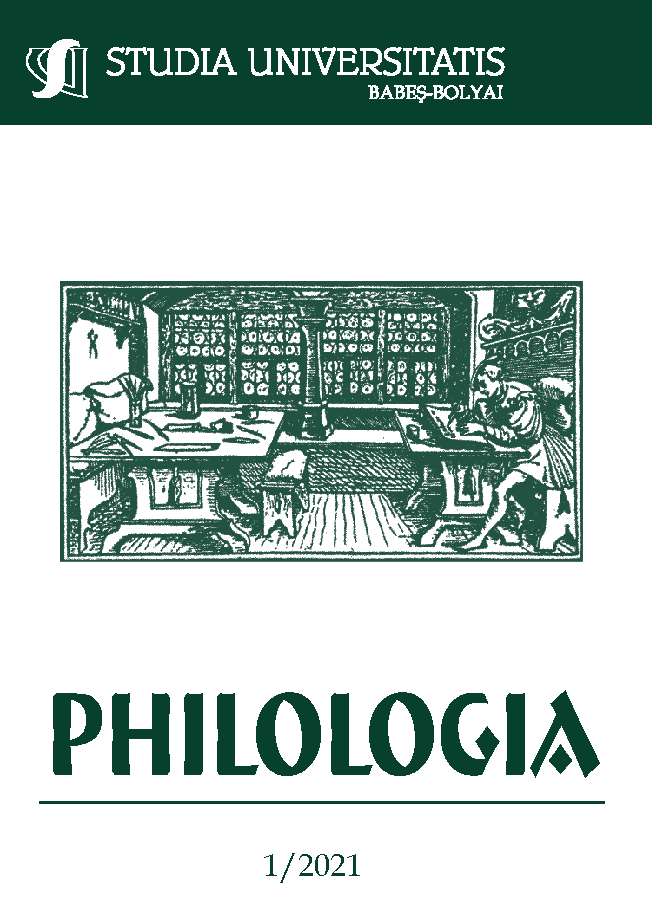JAMES BALDWIN’S GIOVANNI’S ROOM (1956) AS A TRANSGRESSIVE WHITE-LIFE NOVEL
JAMES BALDWIN’S GIOVANNI’S ROOM (1956) AS A TRANSGRESSIVE WHITE-LIFE NOVEL
Author(s): Loredana BercuciSubject(s): Gender Studies, American Literature
Published by: Studia Universitatis Babes-Bolyai
Keywords: blackness; James Baldwin; post-war fiction; queer; white-life novel;
Summary/Abstract: James Baldwin’s Giovanni’s Room (1956) as a Transgressive White-Life Novel. In the wake of the Second World War, American literature saw the rise of a type of novel that is little known today: the white-life novel. This type of novel is written by black writers but describes white characters acting in a mostly white milieu. While at the time African-American critics praised this new way of writing as a sign of maturity, many have since criticized it for being regressive by pandering to white tastes. This paper sets out to analyze the most famous of these novels, namely James Baldwin’s Giovanni’s Room (1956). It is my contention that Giovanni’s Room connects blackness and queerness through the use of visual metaphors in the novel, disrupting thus the post-war consensus on ideals of white masculinity. The novel, while seemingly abandoning black protagonists, enacts a subtle critique of white heteronormativity akin to Baldwin’s own positioning within American thought of the post-war era.
Journal: Studia Universitatis Babes-Bolyai - Philologia
- Issue Year: 66/2021
- Issue No: 1
- Page Range: 191-204
- Page Count: 14
- Language: English

